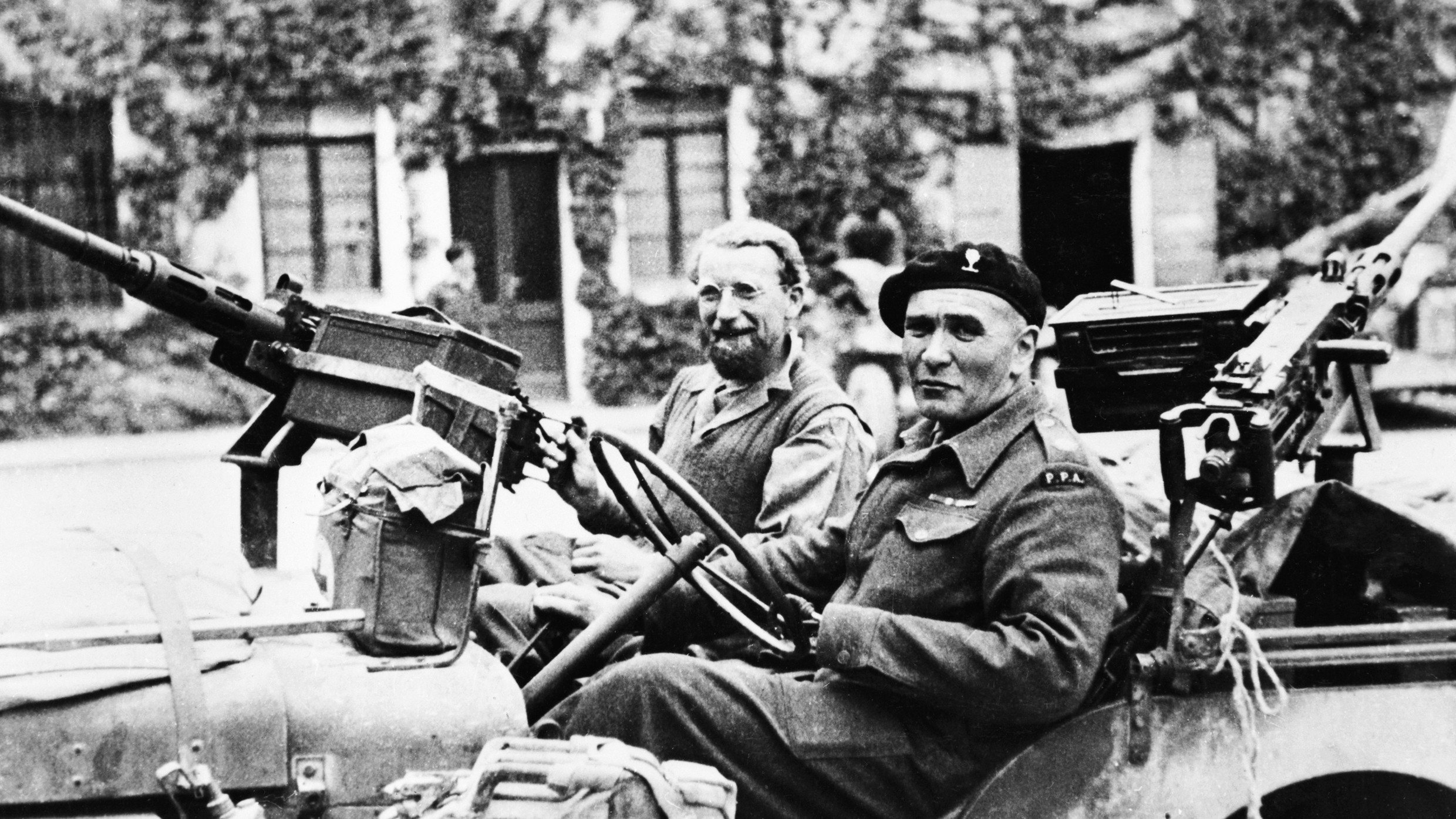- Joined
- Oct 11, 2010
- Messages
- 13,244
- Reaction score
- 8,335
- Age
- 61
Actress Marilyn Hare (1923/1981) set out to kiss 10,000 soldiers in order to raise the morale of troops fighting in WWII, 1942.
A few months after the bombing of Pearl Harbor the U.S. army was still trying to recuperate and make a full fledged fighting force to send out on two the fronts to confront Imperial Japan and Nazi Germany. Many of these men were drafted and after finding themselves in Boot camp they did not know what was going to become of them.
To boost the young recruits morale before going off to war the 18 year old actor Marilyn Hare made a goal to kiss 10,000 soldiers before they were shipped off into the two fronts. On her first day she kissed 733 men.
'My only regret,' say Marilyn, 'is that I have but two lips to give for my country.'



A few months after the bombing of Pearl Harbor the U.S. army was still trying to recuperate and make a full fledged fighting force to send out on two the fronts to confront Imperial Japan and Nazi Germany. Many of these men were drafted and after finding themselves in Boot camp they did not know what was going to become of them.
To boost the young recruits morale before going off to war the 18 year old actor Marilyn Hare made a goal to kiss 10,000 soldiers before they were shipped off into the two fronts. On her first day she kissed 733 men.
'My only regret,' say Marilyn, 'is that I have but two lips to give for my country.'











































































































